The miniaturization of molecular tests enabled by CMOS biosensors and microfluidics could have positive impacts on global efforts against infectious diseases and cancer.
ZHIMIN DING, LI LIU AND YUPING CHUNG, ANITOA SYSTEMS
The outbreak of Ebola in West Africa two years ago underscored the urgent need for globally affordable tools to help fight infectious diseases. Among these, a method to rapidly and accurately identify the infectious pathogens and their drug-resistant variants on-site is of particular importance (Figure 1).
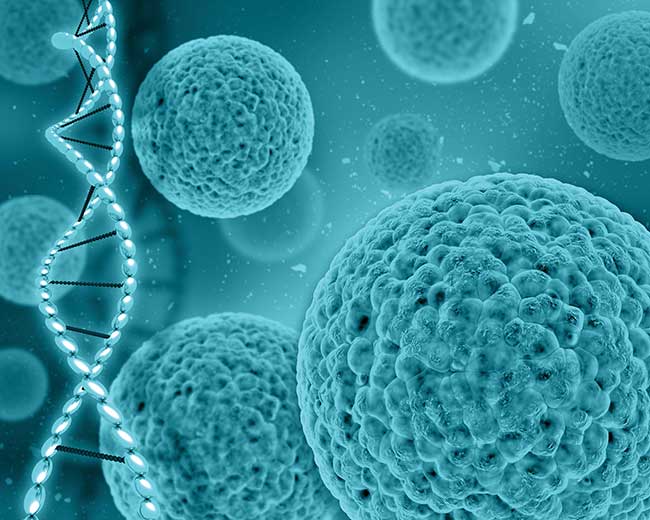
Figure 1. Molecular tests allow doctors to get precise answers about the types of virus and bacteria cells involved in infectious disease. Courtesy of Anitoa Systems.
Recent decades have seen great advancement in molecular diagnostics technology. Nucleic acid (DNA, RNA) and protein (antibody) tests now allow doctors to get very precise information about the type of virus and bacteria cells behind each case of disease, such as an infectious disease or cancer. However, much of the world’s population still cannot enjoy the benefits of this technology, largely due to the cost and bulkiness of the test instruments required. At the heart of this equipment are precision optical sensing devices such as photon multiplier tubes or cooled CCDs, along with data conversion circuits and power supplies. Today’s molecular diagnostics systems are designed for use in professional labs — not in resource-limited settings such as small hospitals or clinics in developing countries.
Consequently, there is a push for portable systems based on the latest molecular methods that allow precise and timely testing of infectious pathogens at the point of care, or even in the field. To this end, much effort has been put into developing novel microfluidic “lab-on-chip” technologies4. Microfluidic devices enable sample and diagnostic assay to react in a small disposable chip-format device. The management of fluidic movement in microfluidic devices can be automated with better precision, while requiring smaller amounts of samples and reagents. However in the end, these chips need to be “read out” by instruments such as a fluorescence microscope to obtain the final test results. Due to small reaction volume and dense reaction sites on a microfluidic chip, the instruments that can perform readouts are usually very bulky and expensive.
Consequently, microfluidic technology alone fell short of providing a complete solution for portable molecular diagnostics. What’s needed is a holistic approach that includes innovations that enable compact microfluidic readout instrumentation as part of the total solution.
Ultralow-light CMOS biosensor
By combining microfluidics technology with ultrasensitive and highly integrated CMOS bio-optical sensors, one could build a truly affordable and portable molecular diagnostic platform. For example, Anitoa Systems’ 4.8 × 4.8 mm CMOS image sensor (CIS) chip, called ULS24, is capable of detecting just a few molecules labeled with fluorescence reporter probes. This is sufficient to replace the much bulkier and more expensive photon multiplier tubes (PMTs) and cooled CCDs that are commonly found in many of today’s molecular test instruments.
Due to its wide adoption in consumer digital cameras and in smartphone cameras, CMOS image sensor technology has steadily improved over the years in terms of performance and cost. Still more improvements in process, circuits and software are needed to enable CMOS to take up the jobs of PMTs and cooled-CCDs in ultralow-light sensing in molecular testing. To meet this challenge, a novel manufacturing process technology and circuit design techniques are used to reduce the noise inherent in CMOS image sensors’ active pixels to achieve a high signal-to-noise ratio. The excessive noise that cannot be eliminated in the chip due to limitations of physics is further filtered through a digital signal processing algorithm, called an “intelligent dark-current management” algorithm (Figure 2).
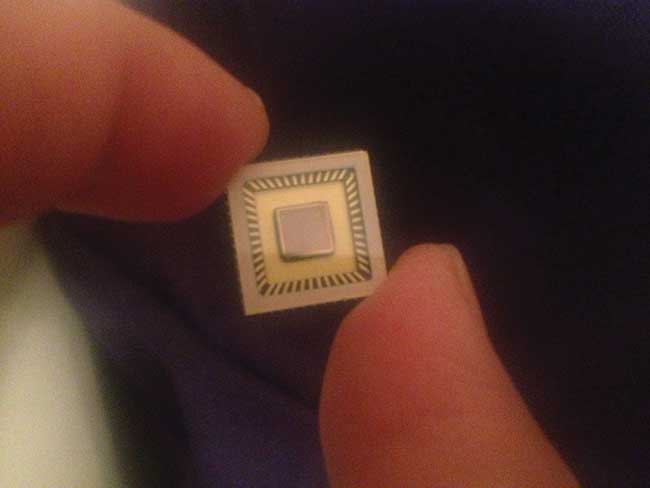
Figure 2. Anitoa Systems’ ULS24 ultralow-light CMOS bio-optical sensor chip. Courtesy of Anitoa Systems.
One of the key challenges in biosensor technology is achieving good reproducibility. After all, researchers cannot trust test equipment if the test results can vary wildly, depending on the time of the day, or other uncontrollable factors.
The highly integrated nature of CMOS biosensors means that manufacturers can add additional calibration circuitry onto the same chip to help with reproducibility. For example, they could embed junction temperature sensors onto the same CMOS chip where the active pixels operate, achieving accurate and dynamic monitoring of sensor operating conditions. It is known that the dark current of a CMOS image sensor may vary due to temperature. A junction temperature sensor along with built-in auto calibration circuitry can help remove this level of uncertainty (Figure 3).
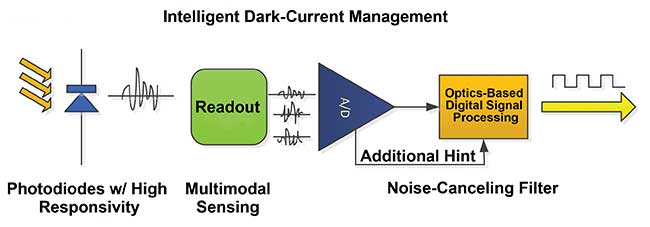
Figure 3. Dark-current management. Courtesy of Anitoa Systems.
Lastly, the lower power operation of a CMOS biosensor also means that the sensor can operate in a cool condition without bulky heat-dissipating measures. This greatly simplifies the design of a small portable instrument, while still achieving good data accuracy.
CMOS-based qPCR
The combination of an ultralow-light CMOS bio-optical sensor, with microfluidic technology, forms the basis of a miniaturized quantitative polymerase chain reaction (qPCR) system. The CMOS sensor is paired with LEDs as the optical excitation source to achieve fluorescence-based molecular sensing in a very compact platform (Figure 4).
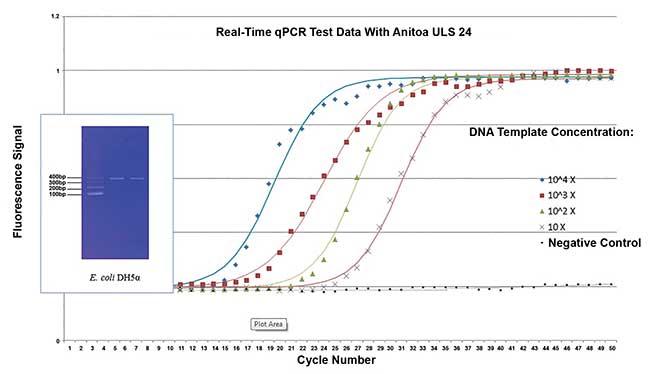
Figure 4. Anitoa Systems’ ULS24 CMOS biosensor successfully applied in quantitative polymerase chain reaction to detect E. coli. (DH5a), HBV (wild type and rtM2041), and foot-and-mouth disease (EV71 and CA16), with limit of detection as low as four copies per reaction. Courtesy of Anitoa Systems.
One of the important challenges with microfluidic qPCR, especially a sample-to-answer type of microfluidic qPCR, is the tight space to fit all functional modules around the fluidic cartridge. These include heating control, an actuator to operate the pumps, and excitation and emission light paths. A compact onboard multispectral fluorescent camera constructed using four ULS24 chips can image multiple reaction sites on the fluidic chip in one shot. This approach eliminates the need for a multi-reaction-site scanning mechanism, reducing the total system space and complexity.
CMOS-enabled chemiluminescence immunoassay
In a different configuration, the combination of an ultralow-light CMOS bio-optical sensor and microfluidics enables chemiluminescence immunoassay. Immunoassay (ELISA) is a widely used method for detecting the presence and quantifying a macromolecule (typically a protein molecule) in a solution, through the use of an antibody molecule. Chemiluminescent immunoassays are variations of the standard immunoassay. An enzyme converts a substrate to a reaction product that emits photons of light instead of developing a visible color.
Chemiluminescent assays achieve better sensitivity and a wider dynamic range, while running faster and consuming less sample and reagent2. Chemiluminescent assays have very low background noise, leading to their much lower limit of detection (LOD). As a result, they are suitable for a wide range of applications — not only in the identification of infectious pathogens, but also cardiac and cancer markers.
A chemiluminescence readout in microfluidic immunoassay that uses a CMOS bio-optical sensor in a much more compact platform than that of a PMT-based system was demonstrated. Since chemiluminescence readout does not require filters and an excitation light source, the optics design can be further simplified. For example, the sensing surface of a CMOS bio-optical sensor can be directly coupled to fluidic channels on the microfluidic chip in a lens-free configuration. This further reduces the size and cost of the total system, while achieving lower than 100 pg/ML detection limit.
Environmental testing and food safety monitoring
The low cost and portability benefits of CMOS-based molecular testing opens up opportunities in new applications in food safety and environmental monitoring. In terms of improving the quality of human lives, many of these applications are just as important as their medical counterparts.
Researchers at Ben-Gurion University of Israel3 have tried to use a CMOS biosensor to detect water toxicity in bio-threat detection applications. A pen-size portable biosensor with wireless connectivity for water quality monitoring was developed and tested, and then compared to a commercial PMT-based bench top luminometer. The biosensor was built from two parts: a nondisposable CMOS photodetector, and a one-time replaceable pad that consists of bioluminescence bacteria immobilized into calcium alginate component. Both the CMOS and PMT-based devices were exposed to spiked common environmental toxicants. Interestingly, the CMOS biosensor showed a 10× more sensitive response (i.e., 1e-8 mol/L) than the commercial PMT device (i.e., 1e-6 mol/L). The increased sensitivity originates from the possibility of placing the pads directly onto the CMOS endface enabling a greater amount of collected photons. In addition to its sensitivity, the CMOS-based biosensor is shown to be more user friendly, portable, has a lower detection limit and requires smaller sample volume. These advantages make this application attractive for use in many ground-based applications as well as on-site water-quality analysis in under-developed regions of the world.
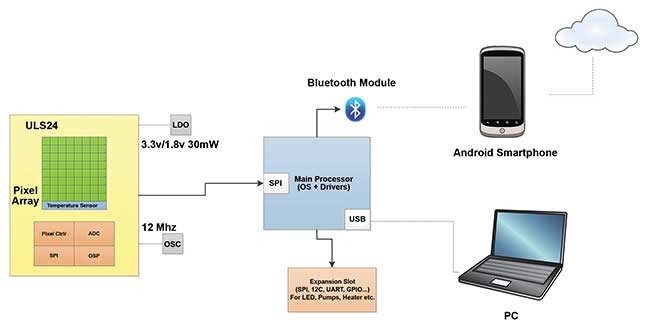
Figure 5. Anitoa Systems’ ULS24 CMOS Biosensor Eco System. Courtesy of Anitoa Systems.
The bioinformatics cloud
CMOS-based biosensor technology lends itself well to seamless connectivity with Cloud-based bioinformatics through popular protocols such as Bluetooth (Figure 5). In the near future, small and portable molecular diagnostics devices would be deployed at point-of-care, enabling rapid on-site diagnostics of infectious disease, so that doctors can respond quickly with life-saving drugs and treatment. The diagnostics device will be internet-enabled, and the diagnostic results will be transmitted to a central bioinformatics database in the cloud, allowing doctors, drug companies and policy makers to make coordinated decisions on global epidemic control4.
Meet the authors
Zhimin Ding is the president of Anitoa Systems in Menlo Park, Calif.; email: [email protected]. Li Liu is the director of system engineering at Anitoa Systems; email: [email protected]. Yuping Chung is the VP of marketing at Anitoa Systems; email: [email protected]
References
1. Julie Clayton (2005). Go with the microflow. Nat Methods, Vol. 2, pp. 621-627.
2. C. Wang, et al. (2012). Chemiluminescent Immunoassay and Its Applications. Chin J Anal Chem, Vol. 40, pp. 3-10.
3. T. Axelrod, et al. (2016).Bioluminescent bioreporter pad biosensor for monitoring water toxicity. Science Direct (Talanta), Vol.149, pp. 290-297.
4. W. Suhanic, et al. (2009). An informatics model for guiding assembly of telemicrobiology workstations for malaria collaborative diagnostics using commodity products and open-source software. Malar J, Vol. 8,
pp. 8-164.m.